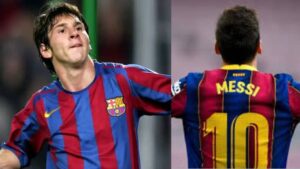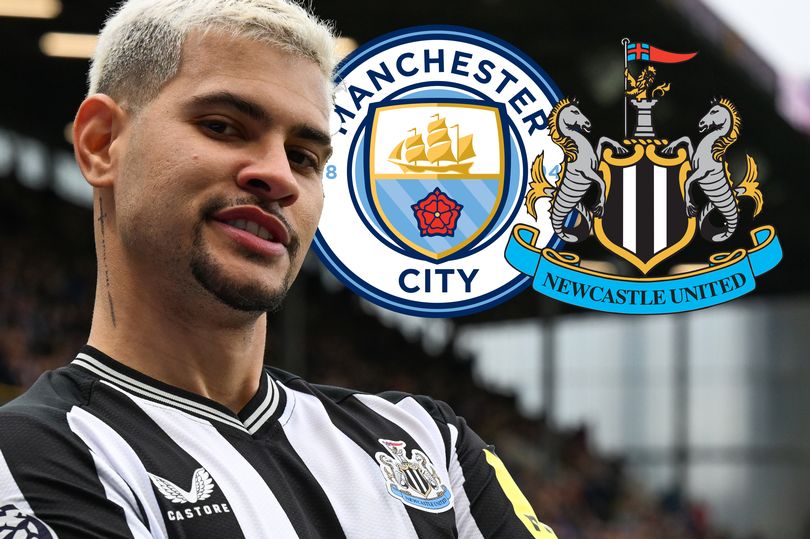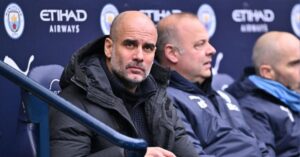Barcelona’s 2000 discovery of Lionel Messi is explored in depth in MUNDIAL’s Issue 24 cover story, “A Boy Called Lionel.”.
Carles Rexach says, “Well, I took the napkin,” as he places an invisible napkin on his leg from the table in front of him.
“And I noted, ‘As Technical Director of FC Barcelona, I consent to sign.'” and so forth.
After his father’s concerns were allayed, I lost my cool and went to the club to work out the specifics.
“.
The Real Club de Tenis Barcelona, located in a posh area of town, is where we are sitting in a room.
Enormous windows overlook the sparkling water.
Posters promoting tennis tournaments in surrealist, modernist, and contemporary styles are displayed on the walls.
Outside, the terracotta clay courts resound with the sound of rubber striking strings.
Carles Rexach starts telling stories with his eyes as he keeps talking to me with his hands and to our Spanish interpreter Alberto with his voice.
Their flashbacks end in the year 2000, when he learned from an Argentinean friend about a boy they called La Pulga, The Flea. The young man was Lionel Messi, as you may be aware.
Bring him over, but he better be f*cking good, Carles basically said, since he was now in charge of scouting for Barcelona’s first team rather than the youth team.
“.
His time to learn would not be prolonged.
When Messi arrived, Carles was attending the Olympics in Australia, and he was hearing stories about the boy from the Barcelona coaches.
“I thought, ‘What about this kid?’ Some said, ‘He’s a technically gifted guy; I’d sign him.'”.
It’s as though God has arrived in Spain, according to others.
“Don’t sign him; the child is too small,” some would counter.
” and “He’s not fit to play football here.”. So I said, “I’ll decide whether he stays or not.” That’s what happened.”.
When Carles got back to Barcelona, he set up a 5 p.m. match at the team’s practice field where Lionel could play against guys who were older than him.
On October 2, 2000, the object of the game was to see “how the poor lad does.”. Carles had to walk around one half of the pitch, around the back of the goal, and then back up the other side of the pitch to sit on the bench as the game began.
He entered the field by the corner flag.
“I told them to sign this guy right away because he was the best here as soon as I got to the bench.”.
Still speaking with sage hands, Carles says.
Even though he is tall and grandfatherly, when he speaks about Lionel, his eyes sparkle like a child’s.
“What he was doing was incredible. The kind of things you could show non-football fans, and they would also claim he was the greatest.
In today’s world of sports, shooting techniques and ball control with both feet are taught in schools; however, Messi’s skill came naturally to him; he was self-taught.
What he did was so bold, so fast, and so relentless.
He could defend himself if he was tackled or roughed up by a defender.
He had everything.
I was in shock that he was real.
“.
There was this little thing called Lionel Messi.
However, things were about to get complicated.
Below is a sample of the cover story “A Boy Called Lionel” from MUNDIAL’s Issue 24.
Go to the MUNDIAL website and read the entire article by clicking this link.
For more updates on sports, click the link.



